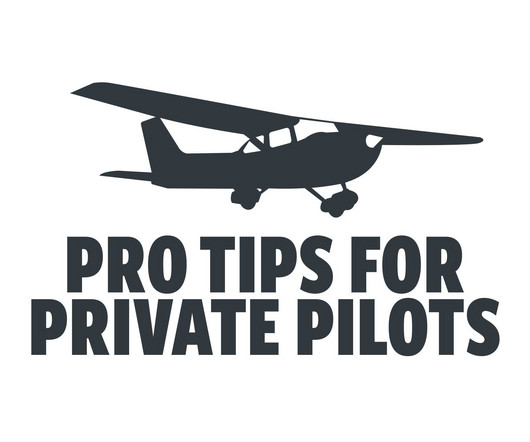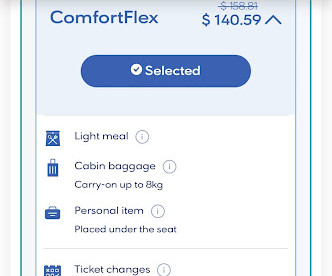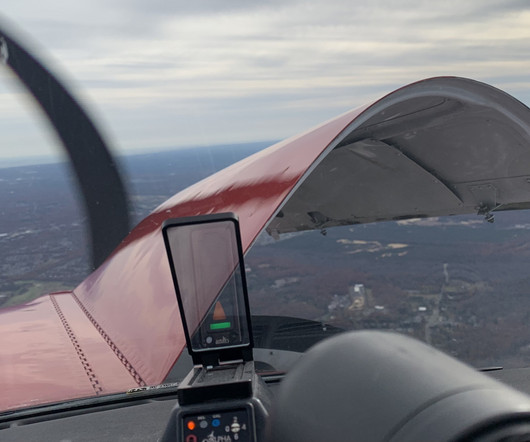Stabilized Approaches
Plane and Pilot
AUGUST 27, 2024
However, the capstone of all these efforts was the adoption of stabilized approach criteria and procedures on every approach and landing. GA pilots find time-tested and more creative ways to skitter off the side of the runway, land short of the threshold, or slide off the far end with the brakes smoking and tires squealing.

















Let's personalize your content